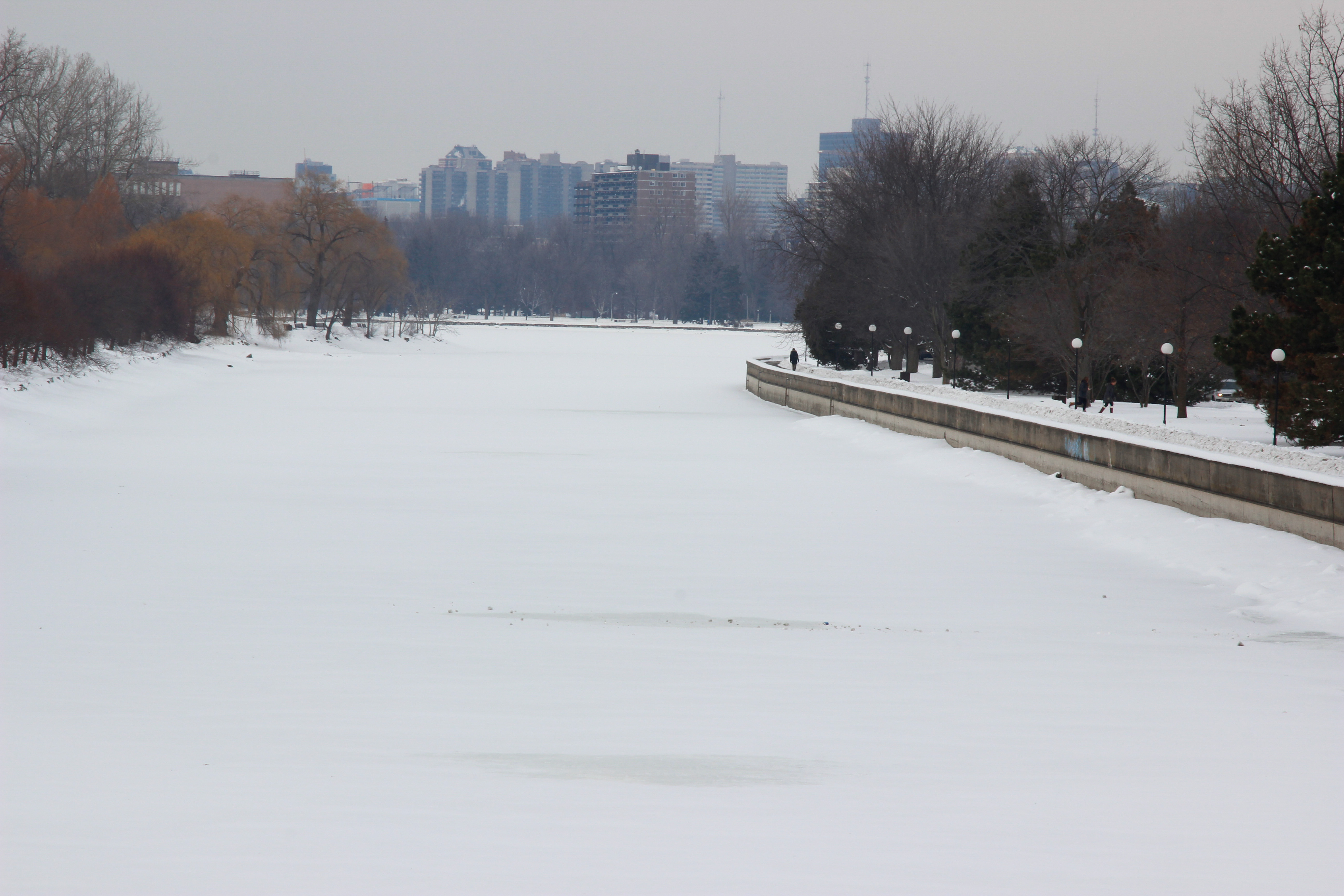A warmer winter could cut the Rideau Canal Skateway’s open season shorter this year, if Environment Canada’s predictions continue to be accurate.
A “super El Niño” is causing warmer temperatures and less precipitation across the country this winter.
Jasmine Leduc, a spokesperson for the National Capital Commission (NCC), said they couldn’t easily predict when the public would get the go-ahead to hit the Rideau Canal.
“As you know, Canadian winter temperatures fluctuate. At this time, it’s too early to speculate on the timing of the opening of the Skateway,” she said.
The NCC used to say it needed 10 to 14 consecutive overnight temperatures of -15 to -20 degrees Celsius for the ice to freeze to a safe degree, but Leduc said they now wait until the ice has at least a foot of thickness before the NCC allows people on it.
Once that happens, Leduc said the NCC has to remove snow and other hazards to make sure the ice is safe before opening.
“Until the opening, the NCC urges everyone to keep personal safety in mind and asks pedestrians and skaters not to venture onto the Rideau Canal Skateway,” she said.
Most of the time, skating season begins in January and closes in February, but due to longer periods of colder temperatures, it shut down in mid-March in the previous two years.
In previous years, the Skateway has opened as early as Dec. 18 and as late as Feb. 2.
Marie MacMillan, a second-year law student at Carleton University, said she has never had the chance to skate on the canal since transferring to Ottawa, but wants to get to it at least once a week this year.
“I would like to have it open as soon as possible,” she said. “It’s one of the best things to do in the wintertime. It’s a Canadian pastime to skate on a pond.”
There is still hope for a solid skate season, as last year’s record-setting 59 consecutive days of skating didn’t start until Jan. 10.
The frigid 2014-15 winter shattered the previous 46-day streak, set in 2003-04.
However, the chilly temperatures that kept it open for so long may have also deterred people from venturing out onto the frozen canal.
The NCC reported almost 1.2 million people visited the canal in 2013-14. Last winter, that number dropped by nearly 200,000, with a difference of only one day between the total number of days open.
MacMillan said she would prefer a happy medium between having the canal closed due to inadequate freezing and the weather being so cold as to deter people from going out.
“Even if it gets cold, but not too cold, if it’s -10 [C] or -15 [C], more people might go out,” she said.
There is still hope, as temperatures in Ottawa have dropped since December, the warmest ever in Ottawa on record. The morning of Jan. 5 had temperatures at -24 C, the coldest temperature since late February 2015.
Jan. 5 was the first -20 C day of the winter for the nation’s capital, two weeks later than the historical average, according to historical pattern statistics released by Environment Canada.






